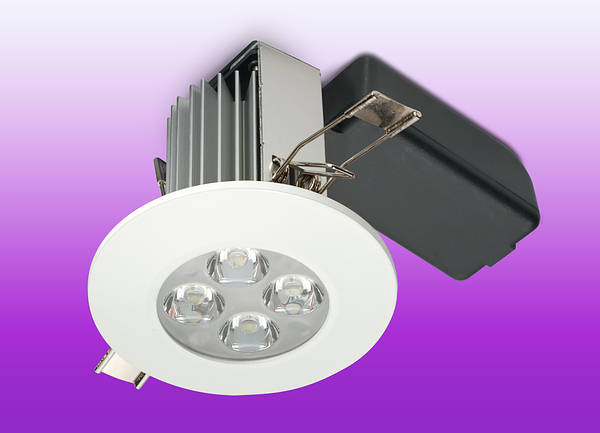I know there are countless articles on this topic across the web but am really getting differing views/ opinions so figured best I post here my exact issue/ set up.
Basically I have a total of 23 MR16 Halogen downlighters controlled with one dimmer for 12 and one for 11. I have decided to change them to LED's but have numerous questions/ queries. Attached are pictures of the current wiring I have. I have read about LED Drivers if you have electric low voltage transformers, which I am pretty sure I do have (see pics). But then it gets confusing as to what type I need as I have dimmers and finally the cost I should be looking at per light.
So, to replace (judging by my pictures) the halogen lights I would need to remove the white box (Transformer) with an LED Driver that is Dimmer friendly, leave the chocbox in place and just wire that to the new transformer and then the transformer into a new downlighter? Can I keep the downlighter? And should I change to GU10 whilst in the process?
Once that is sorted I wonder what bulbs I should be looking at, like them to be white as opposed to yellowy which is what my halogens give (some of them).
Hopefully makes sense!
Basically I have a total of 23 MR16 Halogen downlighters controlled with one dimmer for 12 and one for 11. I have decided to change them to LED's but have numerous questions/ queries. Attached are pictures of the current wiring I have. I have read about LED Drivers if you have electric low voltage transformers, which I am pretty sure I do have (see pics). But then it gets confusing as to what type I need as I have dimmers and finally the cost I should be looking at per light.
So, to replace (judging by my pictures) the halogen lights I would need to remove the white box (Transformer) with an LED Driver that is Dimmer friendly, leave the chocbox in place and just wire that to the new transformer and then the transformer into a new downlighter? Can I keep the downlighter? And should I change to GU10 whilst in the process?
Once that is sorted I wonder what bulbs I should be looking at, like them to be white as opposed to yellowy which is what my halogens give (some of them).
Hopefully makes sense!







